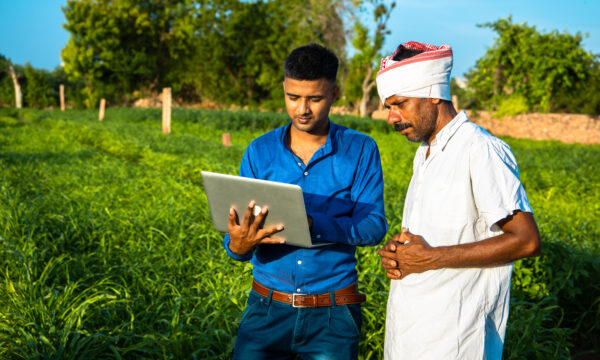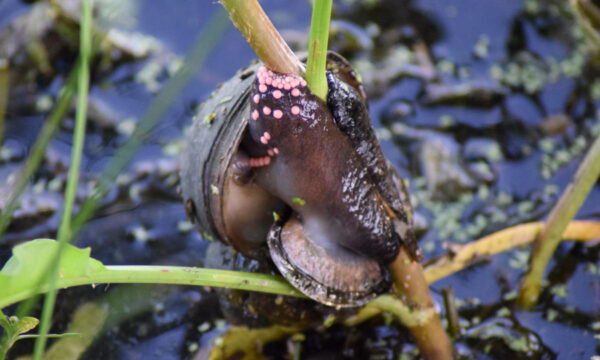Among the resources provided by the Plantwise Knowledge Bank is the Plantwise Pest Alerts service. This free service delivers information about new pests straight to your inbox every month, drawing from the wealth of scientific literature that is continuously updated on CAB Direct. So, what are the benefits of signing up to receive these alerts?

An early warning system
At the most basic level, receiving regular pest alerts allows subscribers to have a clear understanding of the distribution and movement patterns of pest and disease species in countries and regions of interest. This knowledge can be used to inform research proposals, policy decisions and the design and implementation of intervention measures.
The information available through the Plantwise Pest Alerts service is selected each month from the records uploaded to CAB Direct, which covers over 9000 journals from around the globe, making it one of the most comprehensive and up-to-date scientific databases in the world.
Individuals, businesses and governmental organisations alike can benefit from accurate knowledge about pest and disease distributions. It may allow a user to plan investments or preventative measures ahead of a new pest invading crops in a country in which it has not been previously found, or to identify a need for breeding crop resistance to a novel pathogen, among countless other uses.
Select your area of interest

Users can sign up to global pest alerts, which will send you a monthly list of the top records identified from CAB Direct from around the world. Additionally, the pest alerts tool allows users to select a more focused region or even a single country, which will send you a list of records relevant to the selected area. There is no limit to the number of regions and countries that users can sign up for.
If there are no pest and disease records identified for your chosen area in a given month, you will receive an email saying so, and you can be confident that there has been nothing identified in the wealth of literature covered in CAB Direct of relevance to your area for that month.
A reliable, comprehensive source list
While the database from which the pest alerts are generated is one of the largest available online, it is also carefully curated and maintained by a team of content experts. Before a journal is selected for inclusion in the database, it is subjected to a comprehensive review process, through which any journal that is considered to be sub-standard, unreliable or predatory is rejected. In this way, subscribers to the Plantwise Pest Alerts service can be confident that the data that they receive has been drawn from only the most reliable scientific sources.
Discover new journals and research institutes
The list of pest alerts that you will receive includes comprehensive metadata, allowing users to access the source of records that are of particular interest. In this way, our pest alerts service can help you to discover new journals and organisations working in your area.
Submit your own records
The only limitation of CAB Direct acting as source material for our pest alerts service is the short publication process that records have to go through before being indexed in the database. There is therefore opportunity for users to submit their own records of changes in the range and distribution of agricultural pests and diseases that may not have been sent out in the monthly update. Users are able to contact us at plantwise@cabi.org, or by following the link at the bottom of the monthly blog update found on the Plantwise Blog.
How to sign up
You can sign up to the Plantwise Pest Alerts service by following this link. We hope to continue developing this service in collaboration with our users, so please contact us with your feedback and with any records that you feel have been missed from the monthly alerts.
Further reading
Related News & Blogs
How do pest risk registers address the spread of plant pests in Africa?
Pest risk registers can help to solve problems in agriculture, addressing the growing global threat of plant pests. Moreover, changing weather patterns, led by rising temperatures, are causing them to reproduce faster and expand into new regions. In ad…
10 July 2025




